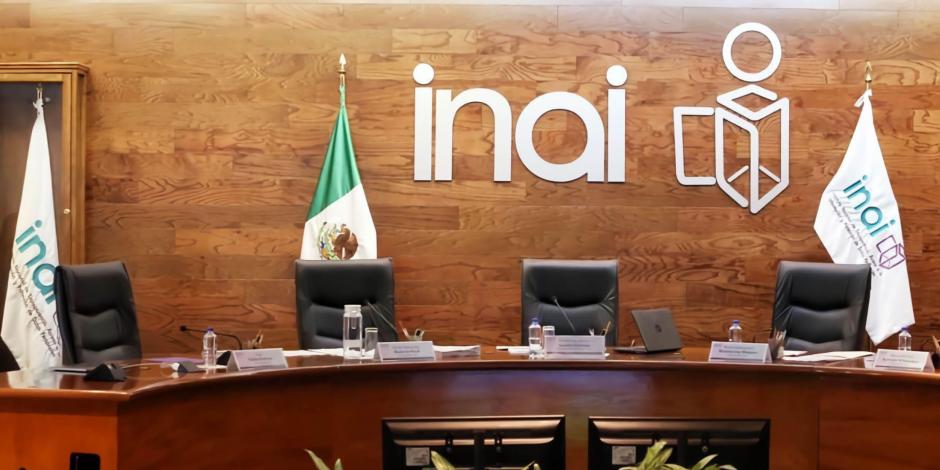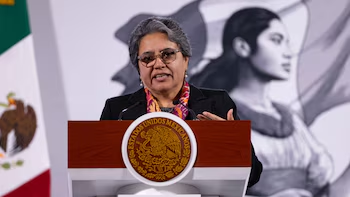Following INAI’s closure: Changes in Transparency and Access to Information in Mexico

On December 20, 2024, the constitutional reform that eliminated the National Institute for Public Information Access and Personal Data Protection (INAI), along with other autonomous bodies, came into effect. The initiative, promoted by former President Andrés Manuel López Obrador, argued that these organizations lacked democratic legitimacy and favored private interests. With its approval, the oversight of the right to public information access and transparency policy was transferred to the Secretariat of Anti-Corruption and Good Governance, led by Raquel Buenrostro. The reform was approved by a qualified majority in both Houses of Congress and endorsed by 17 state legislatures.
What was the INAI?
Until its elimination, the INAI guaranteed two fundamental rights: access to public information and personal data protection. To ensure its independence, it had functional and financial autonomy. Its seven commissioners were appointed by the Senate with a two-thirds majority.
Regarding public information access, the INAI established transparency policies, promoted the digitization of public information, resolved review appeals, imposed sanctions, and provided technical assistance.
What changes from now on?
From now on, the oversight of public information access and personal data protection will fall under the responsibility of the Secretariat of Anti-Corruption and Good Governance (SABG). As part of the transition, working groups will be established to define the administration of the National Transparency Platform (PNT), which currently hosts 14 million records.
Among the main changes, a new body called “Transparency for the People” will be created to handle information access, while personal data protection will be managed by the SABG. Additionally, 18 new federal transparency authorities will be established, covering all three branches of government and labor unions. The number of commissioners will be reduced from seven to one, and at the municipal level, local governments will receive support from the Executive Branch to comply with transparency regulations.
The SABG will absorb 80% of the functions of the National Institute for Transparency, Information Access, and Personal Data Protection (INAI) with only 35% of its structure. Furthermore, the PNT will have legal backing and a cryptographic validator to ensure data integrity. Legal appeals regarding information access will be resolved by specialized judges, and a National Transparency System will be created to coordinate actions across different levels of government.
In terms of regulations, the Federal Transparency and Public Information Access Law will be repealed to make way for a new Transparency Law. Additionally, modifications will be introduced to personal data protection laws and the Organic Law of the Federal Public Administration.
The Secretariat of Anti-Corruption and Good Governance
Created in November 2024 to replace the Secretariat of Public Administration, the SABG is responsible for transparency policy, accountability, and personal data protection. Its key functions include:
– Establishing regulations for information access and personal data protection.
– Promoting proactive transparency.
– Supervising digital government policies.
Who is Raquel Buenrostro?

An economist and mathematician, she took office on October 1, 2024, appointed by President Claudia Sheinbaum. She has held various positions in public administration, including Chief Administrative Officer of the Ministry of Finance, Director of the Tax Administration Service, and Secretary of Economy.
